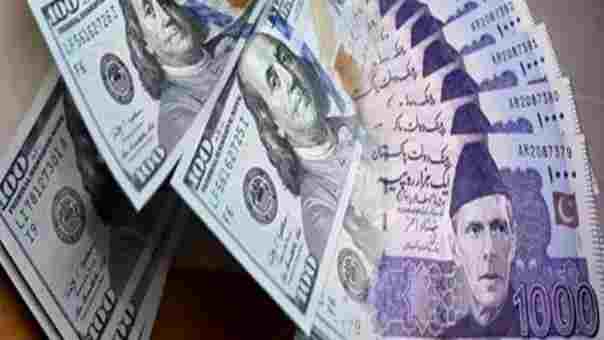Karachi, October 30, 2024 – The Pakistani rupee experienced a modest depreciation on Wednesday, softening by 5 paisas against the US dollar, largely influenced by foreign currency outflows for import and corporate payments.
The currency closed at PKR 277.79 to the dollar, a slight decline from the previous day’s finish of PKR 277.74 in the interbank foreign exchange market.
Currency analysts attribute this softening of the rupee to heightened demand for the dollar, primarily stemming from increasing import requirements and financial commitments from local corporations. As businesses prepare for various international transactions, the demand for foreign currency has surged, applying downward pressure on the rupee. Despite these immediate challenges, experts maintain a cautiously optimistic outlook regarding the currency’s medium-term stability, positing that enhanced foreign exchange inflows could provide necessary support in the near future.
One significant development contributing to a degree of stability is the modest uptick in the State Bank of Pakistan’s (SBP) foreign reserves. As of October 18, 2024, the SBP reported a gain of $18 million, raising total reserves to $11.014 billion. Although the increase is relatively modest, it offers a critical buffer against the backdrop of a volatile economic environment. Analysts underscore that this steady growth in reserves is crucial for cushioning Pakistan’s economy against external payment pressures and stabilizing the rupee amidst the unpredictable fluctuations prevalent in the interbank market.
Broader indicators of Pakistan’s economic health further suggest a potential for resilience. Recent improvements in the country’s trade balance and current account deficit point towards a downward trend in foreign currency demand. With a healthier current account and a narrower trade deficit, Pakistan is less pressured to procure foreign exchange, presenting an encouraging signal for rupee stability. This fiscal strengthening fosters investor confidence, thereby enhancing the rupee’s position within currency markets.
Additionally, consistent inflows of remittances from the Pakistani diaspora and an uptick in export revenues bolster this outlook. Remittances are a vital component of Pakistan’s economic framework, providing a reliable source of foreign exchange and enhancing market confidence. Moreover, rising export revenues contribute positively to the nation’s foreign exchange reserves, further supporting the rupee’s valuation.
The overall outlook for the rupee remains cautiously positive. While immediate pressures stemming from corporate and import-driven dollar demand may induce occasional dips, sustained remittance inflows, improving fiscal indicators, and an uptick in exports collectively create an environment conducive to rupee stabilization. If these trends persist, analysts believe the rupee could gain further traction, holding steadier amidst the complexities of global economic uncertainties.
